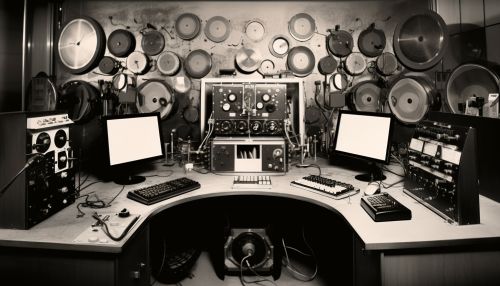Turing Test
Introduction
The Turing test is a measure of a machine's ability to exhibit intelligent behavior equivalent to, or indistinguishable from, human behavior. It was proposed by the British mathematician and computer scientist Alan Turing in 1950 as a practical method for determining if a machine can think.


Background
The Turing test is grounded in the philosophy of artificial intelligence (AI), a field that explores the possibility of creating machines that can reason, learn, and perceive their environment. The test is named after Alan Turing, who is considered one of the pioneers of theoretical computer science and artificial intelligence. Turing's work in these areas laid the foundation for the development of modern computers.
Description of the Test
The Turing test is a behavioral approach to determining whether a machine can exhibit intelligent behavior. The test involves a human evaluator who engages in natural language conversations with another human and a machine designed to generate human-like responses. The evaluator knows that one of the two partners in conversation is a machine, and all participants are separated from one another. If the evaluator cannot reliably tell the machine from the human, the machine is said to have passed the test.
Criticisms and Limitations
Despite its influence, the Turing test has been subject to various criticisms. Some argue that the test is too focused on behavior and does not consider the machine's underlying processes or mechanisms. Others point out that the test can be easily fooled by machines that use simple tricks to mimic human conversation, without truly understanding or thinking.
Impact and Legacy
The Turing test has had a significant impact on the field of artificial intelligence and has inspired numerous variations and adaptations. It has also sparked philosophical debates about the nature of intelligence, consciousness, and the potential of machines to replicate human cognition.
